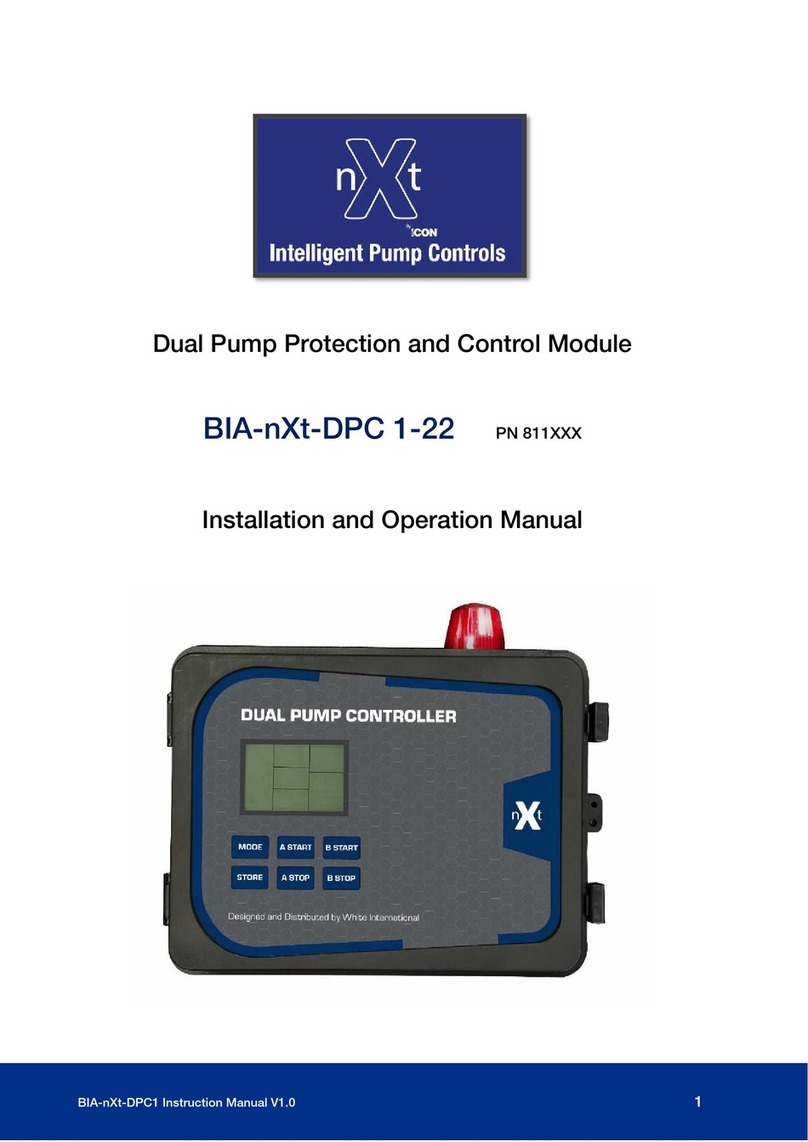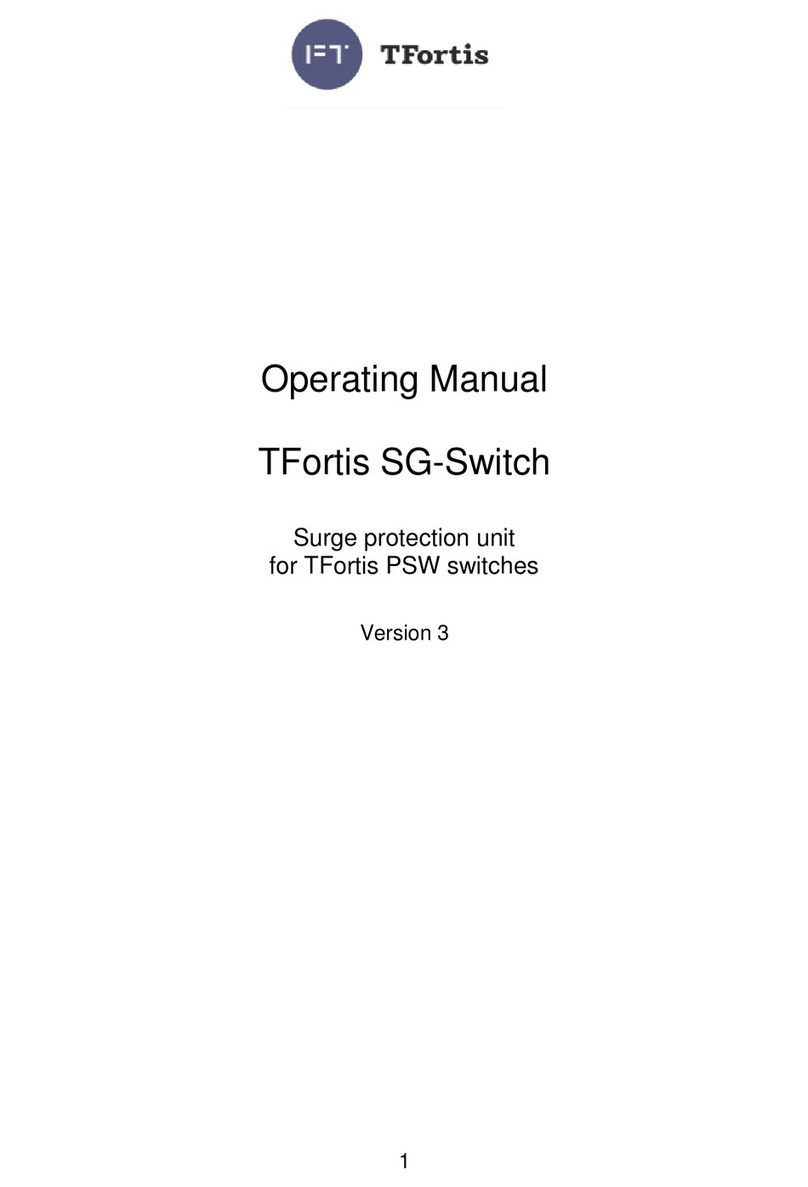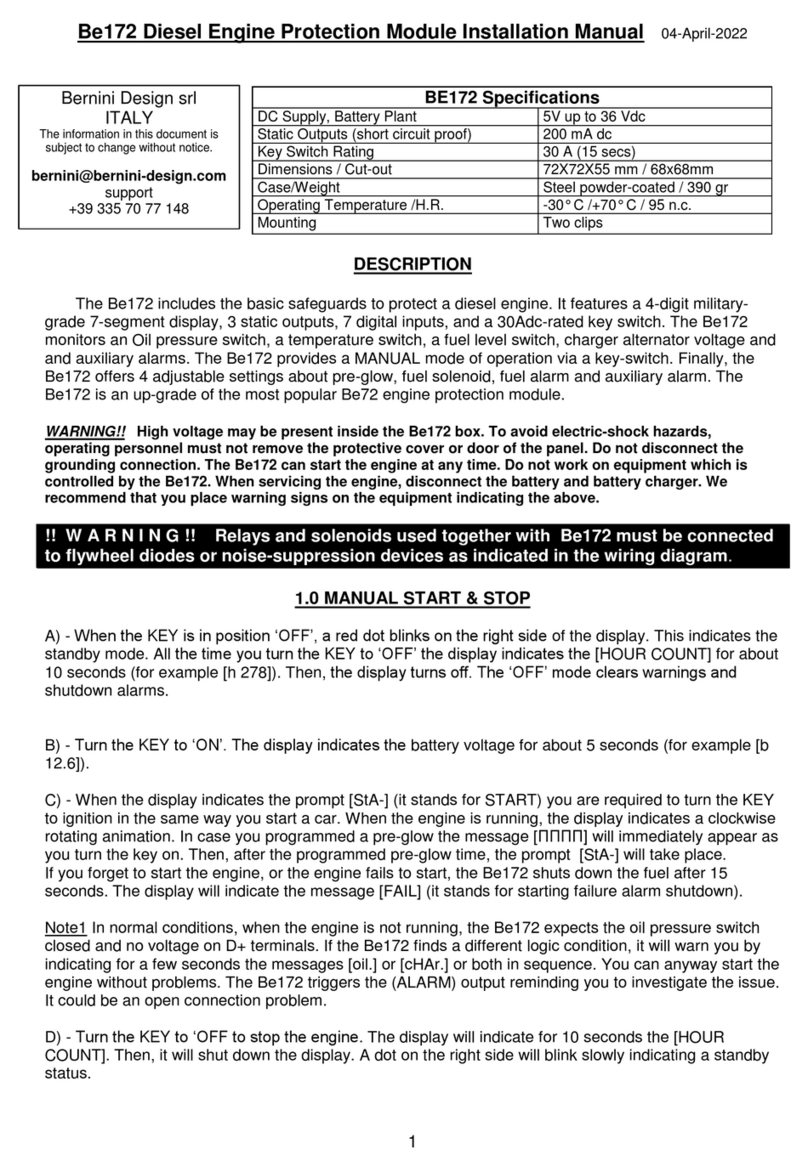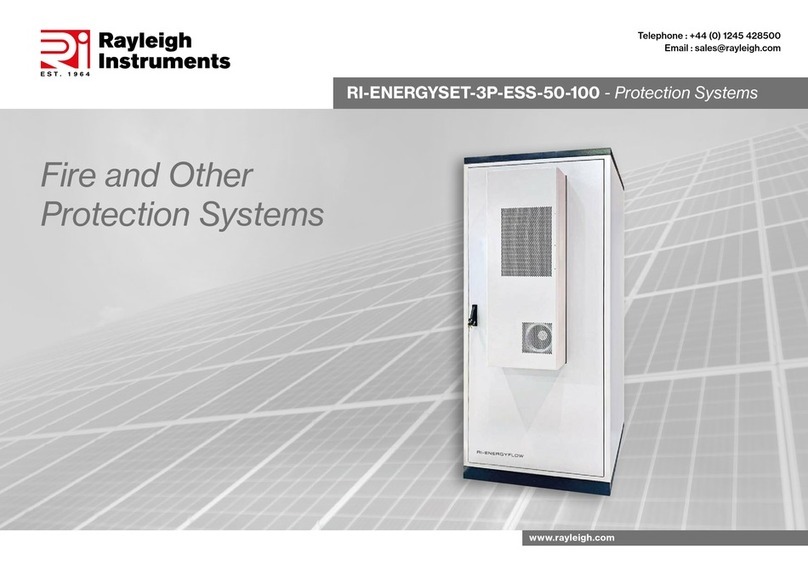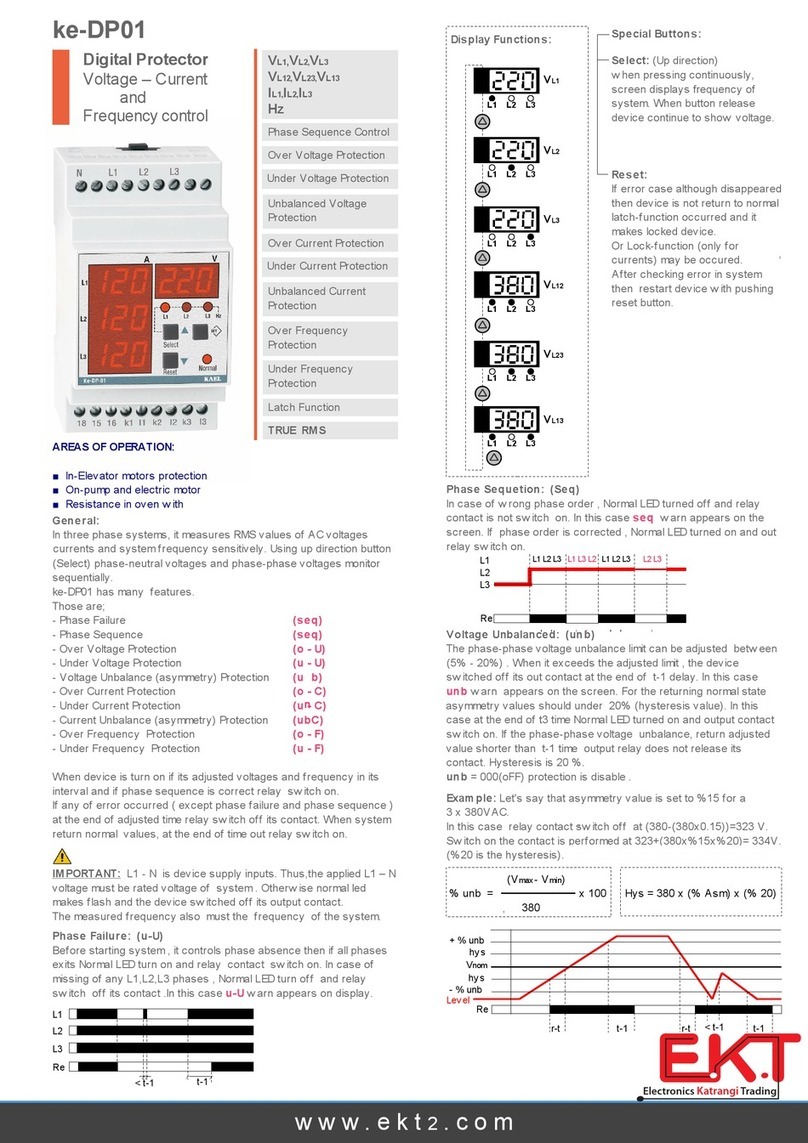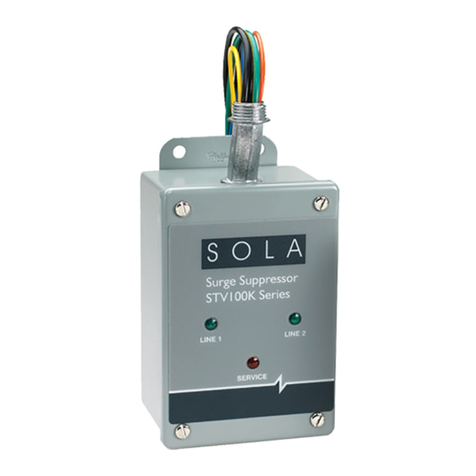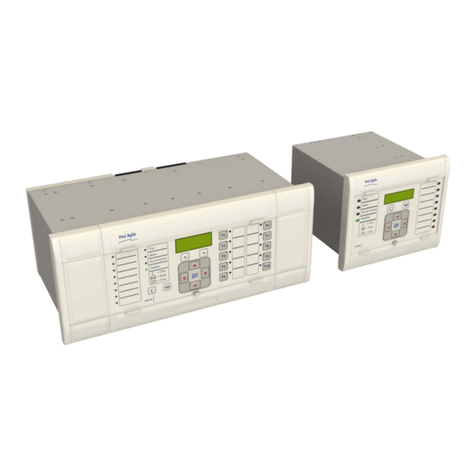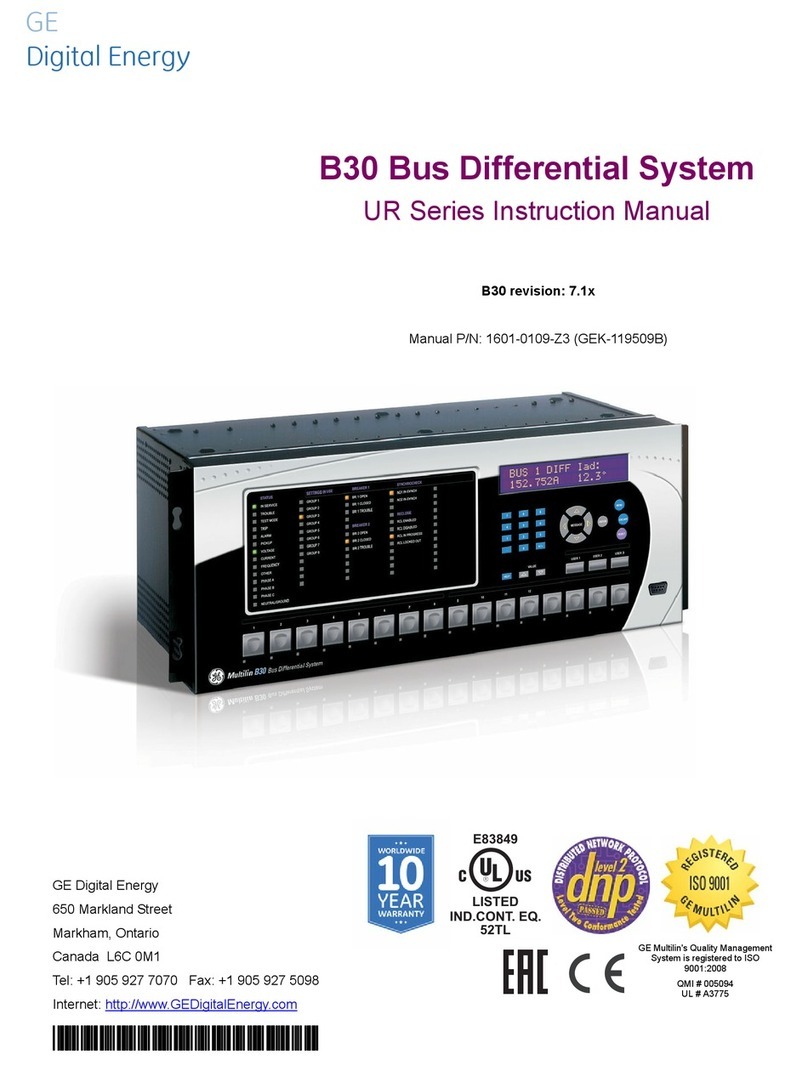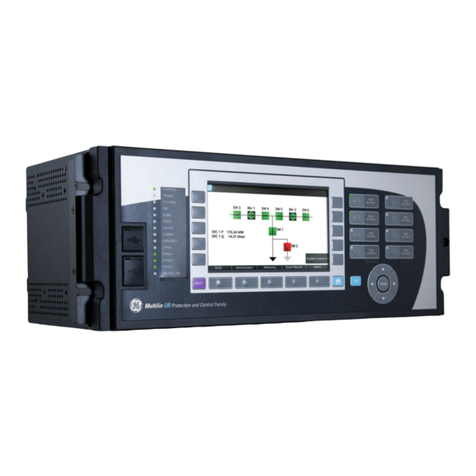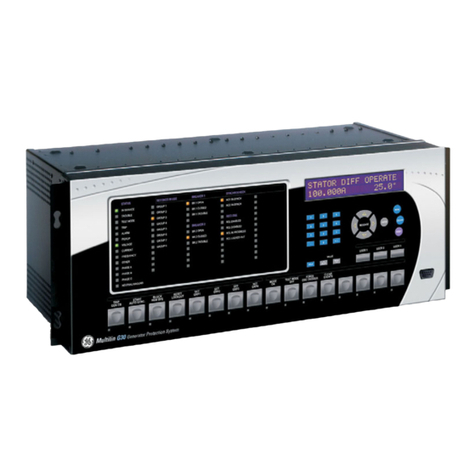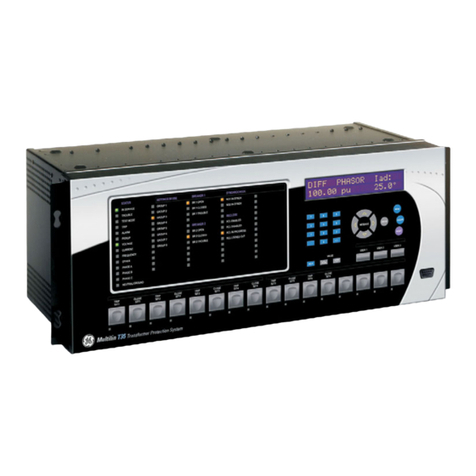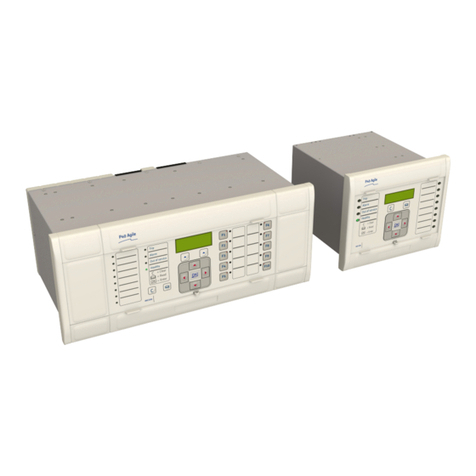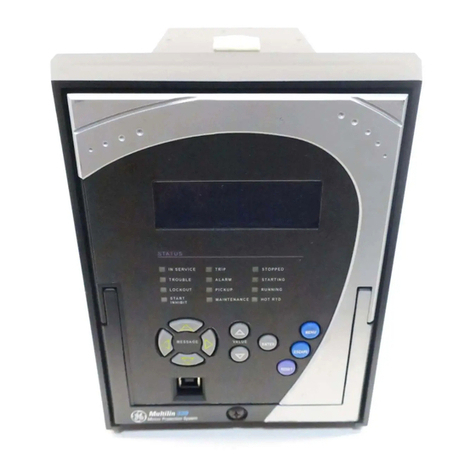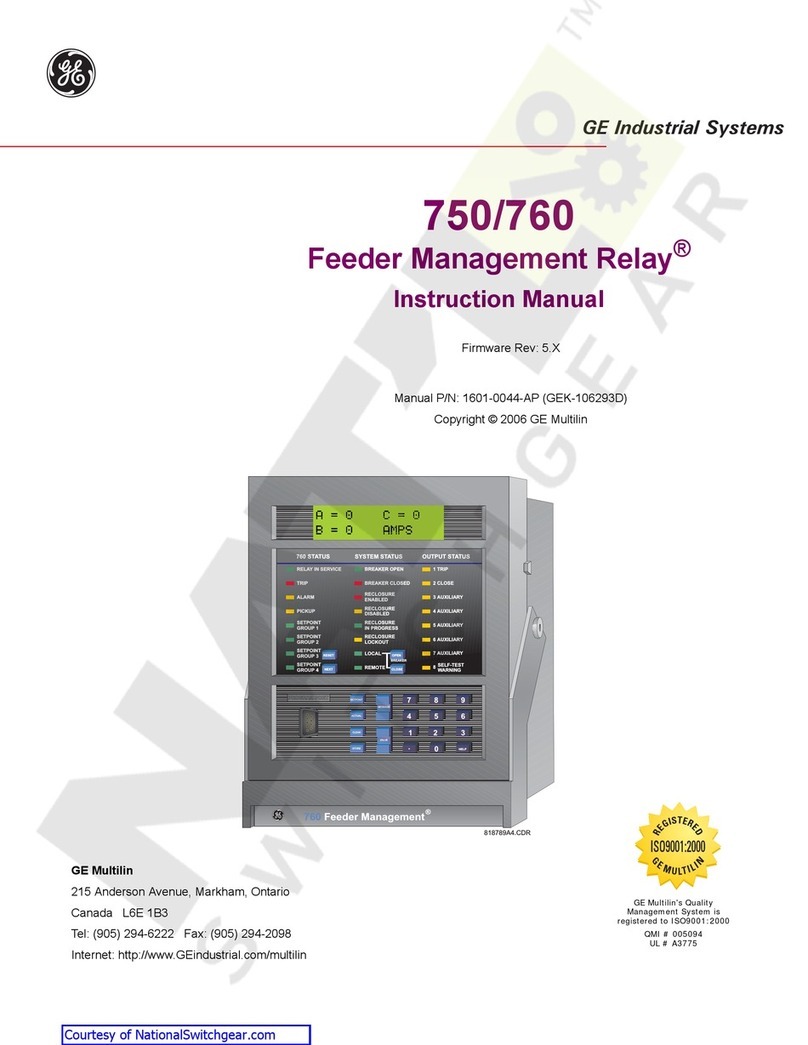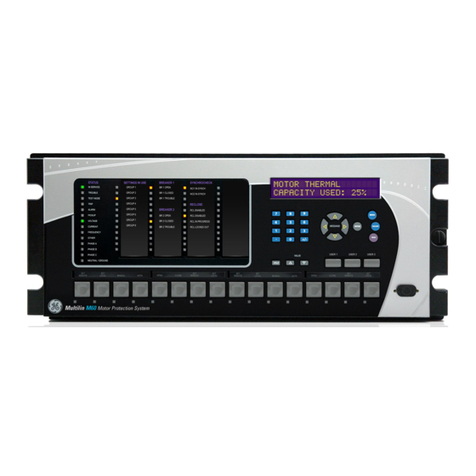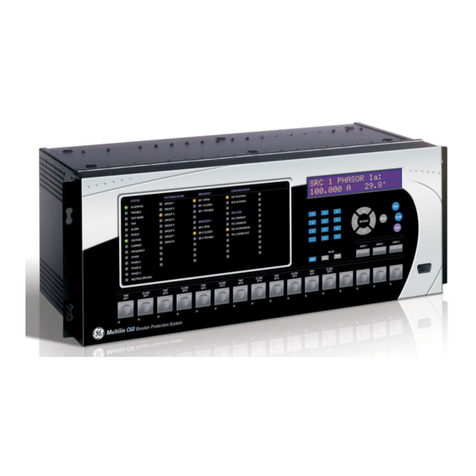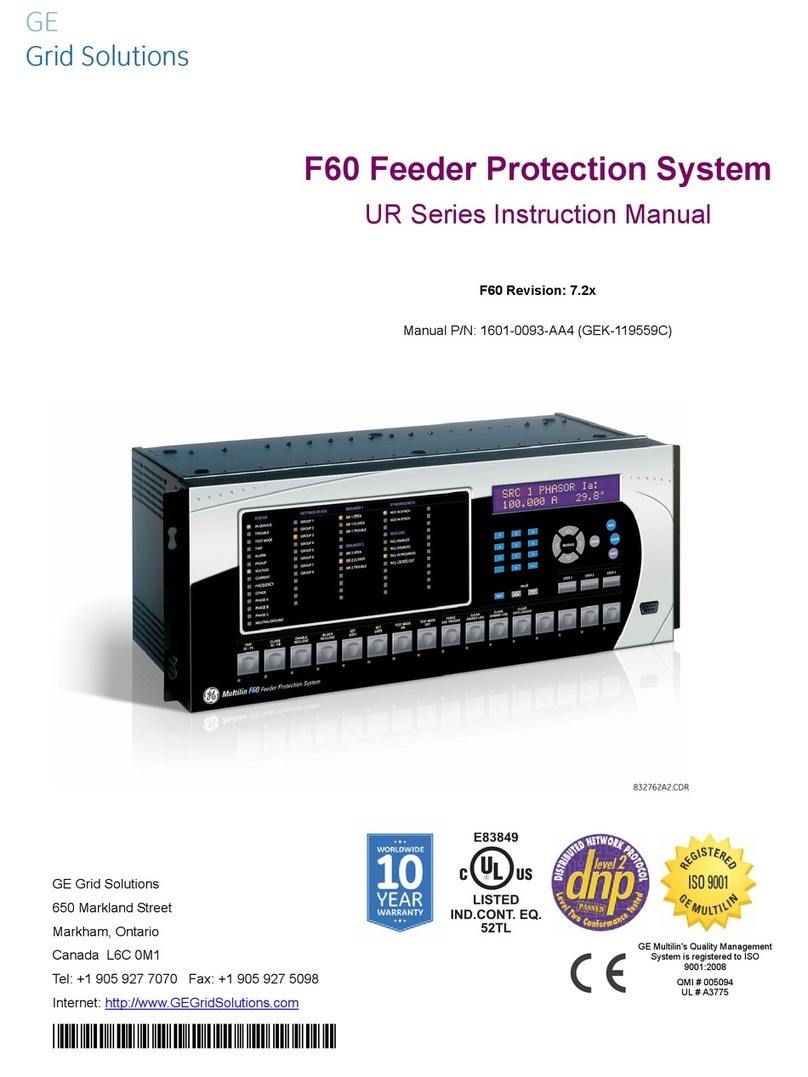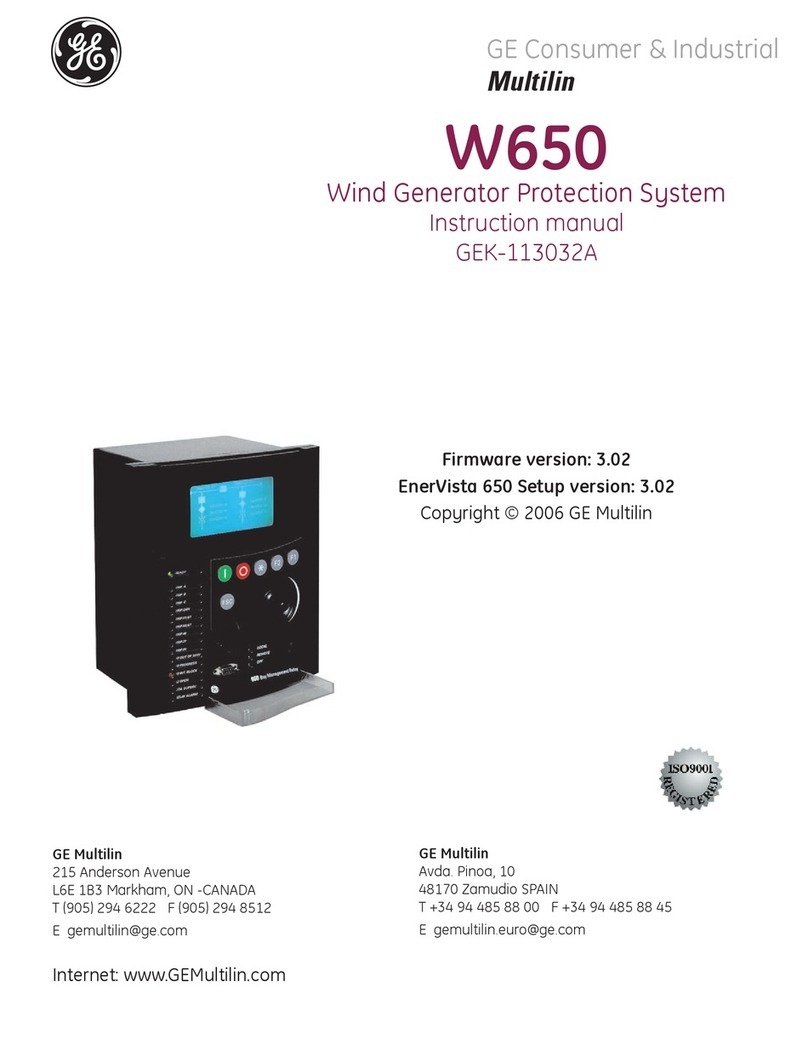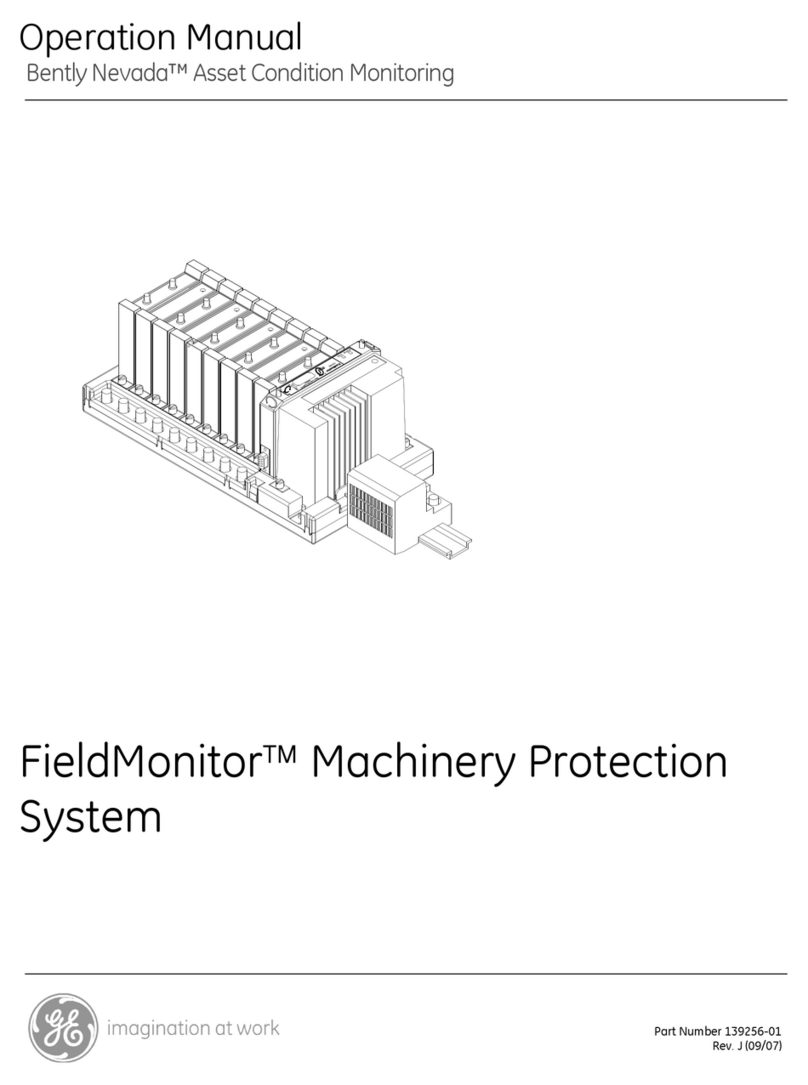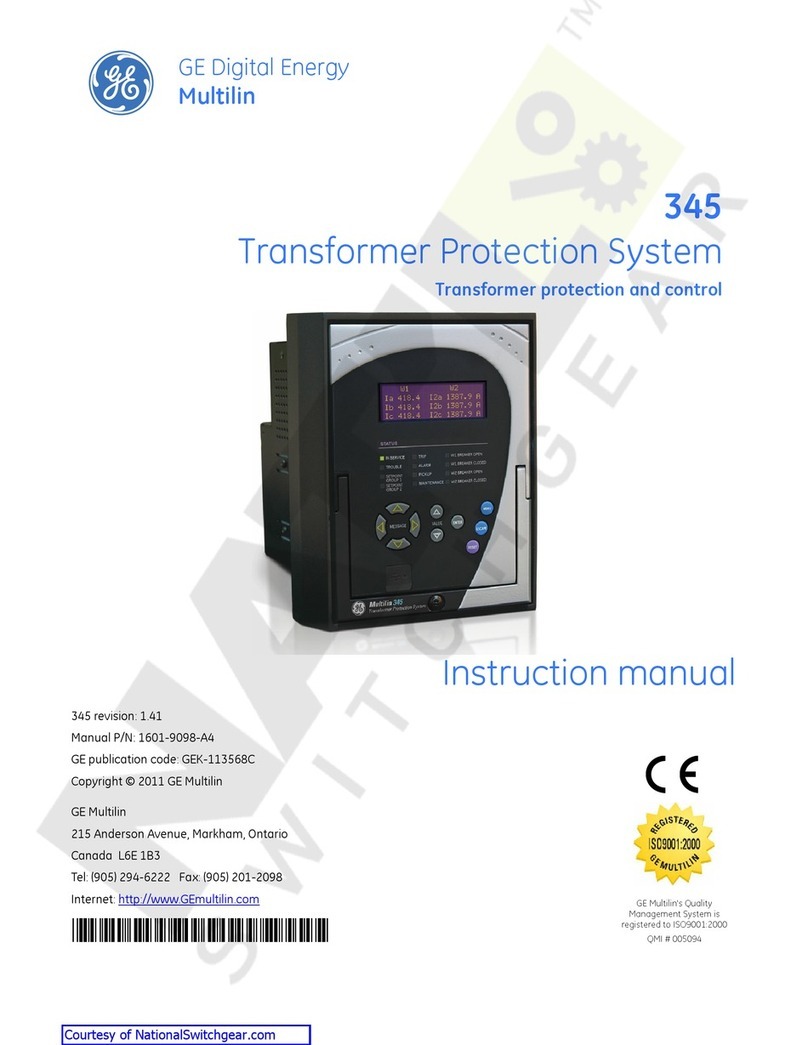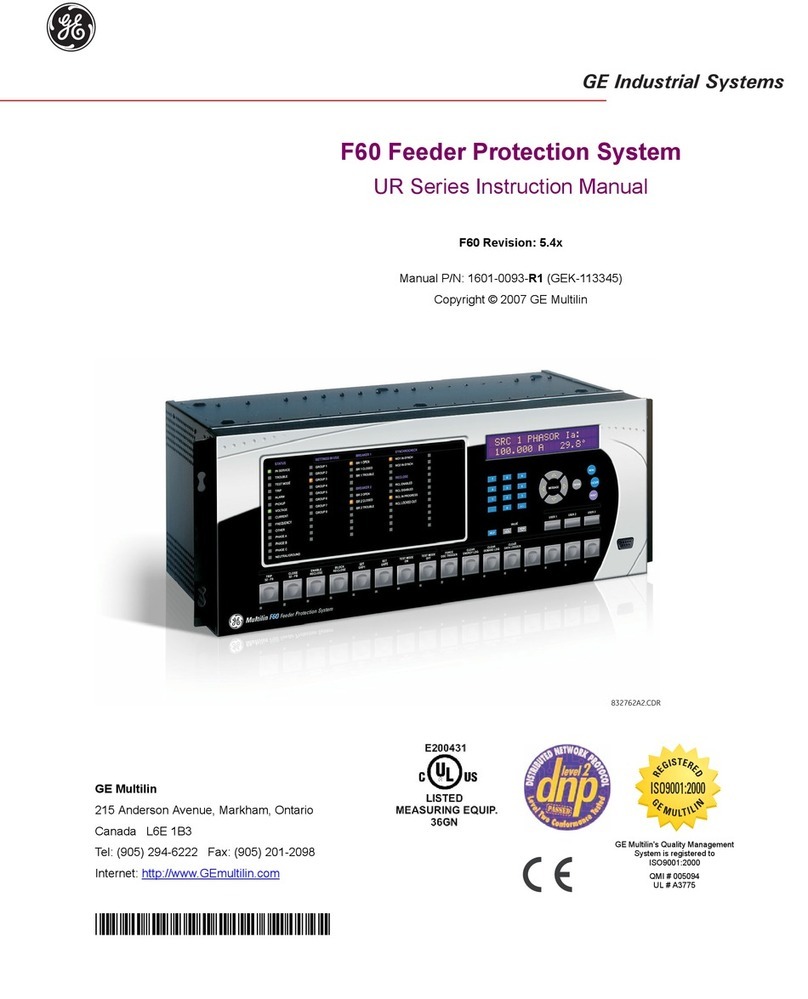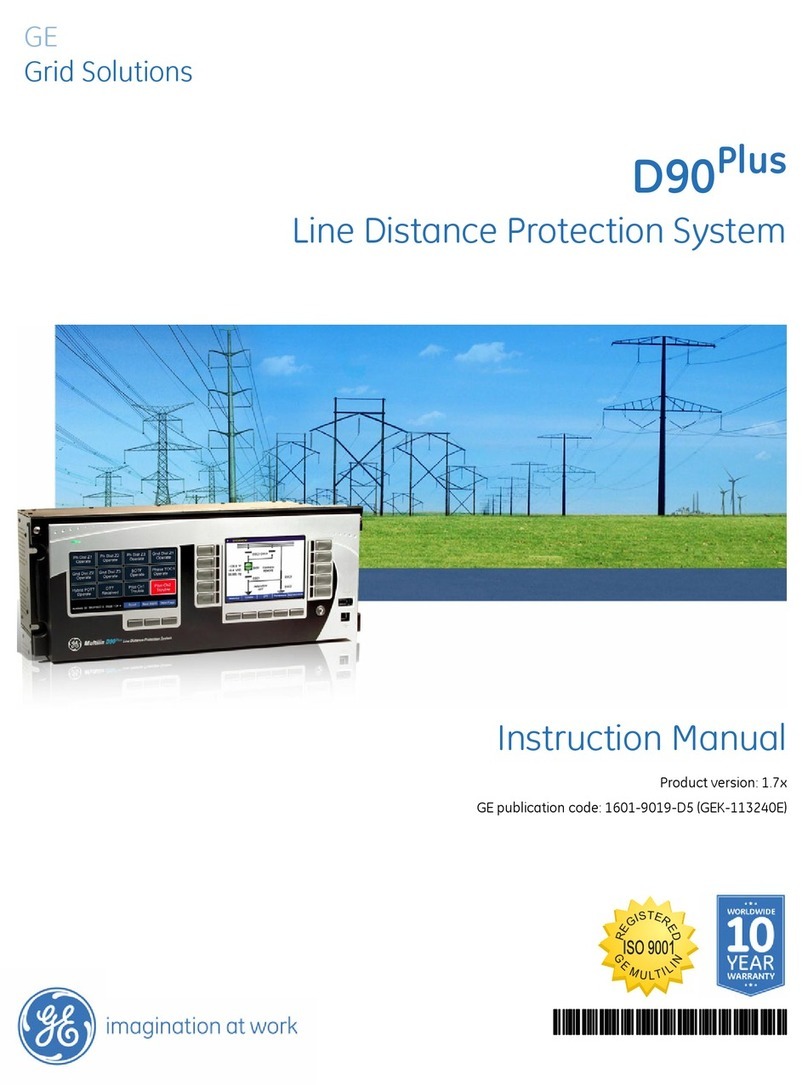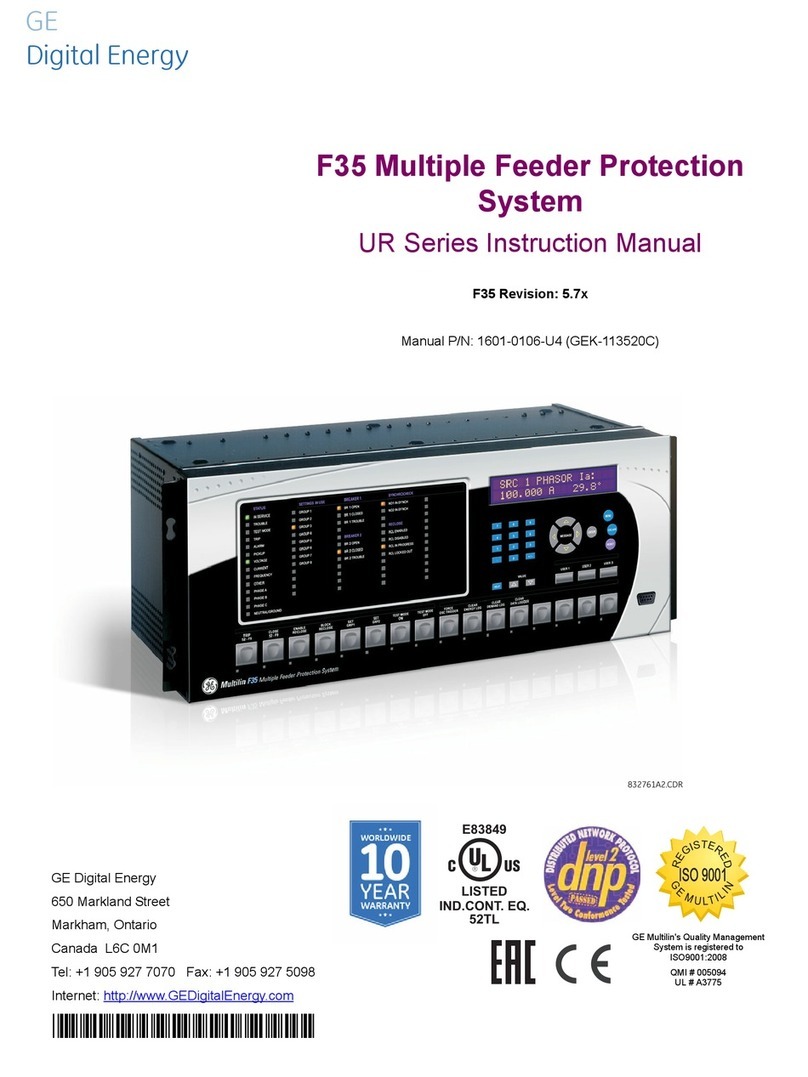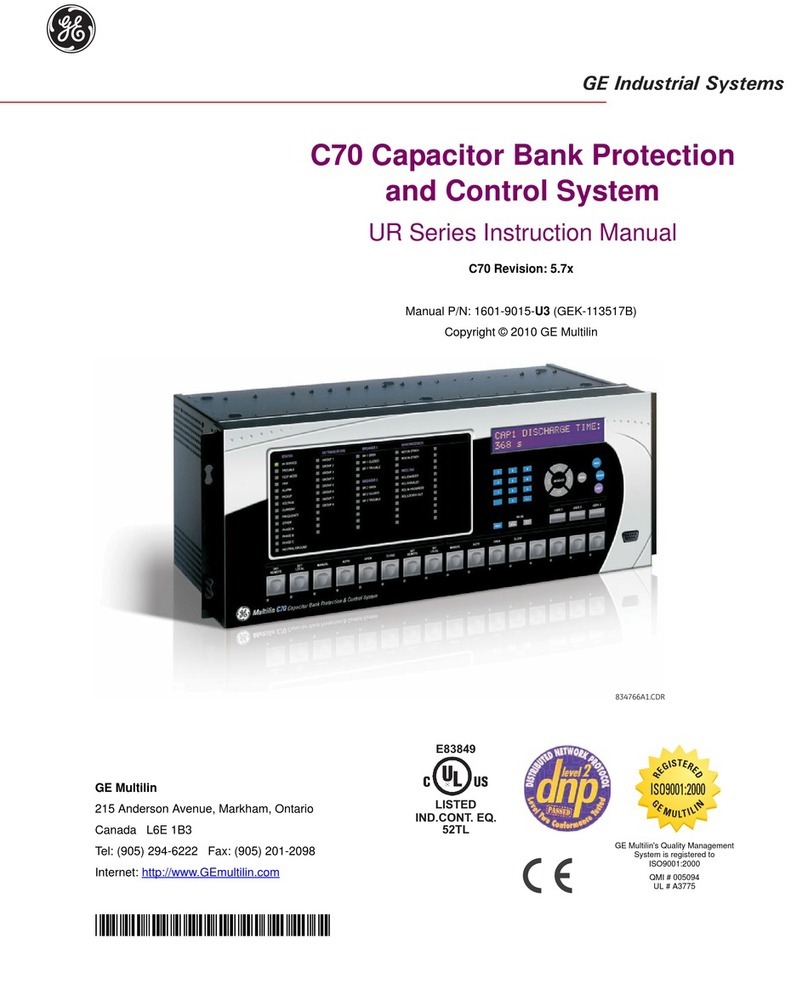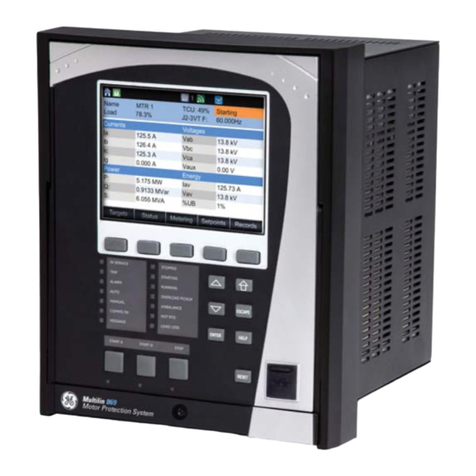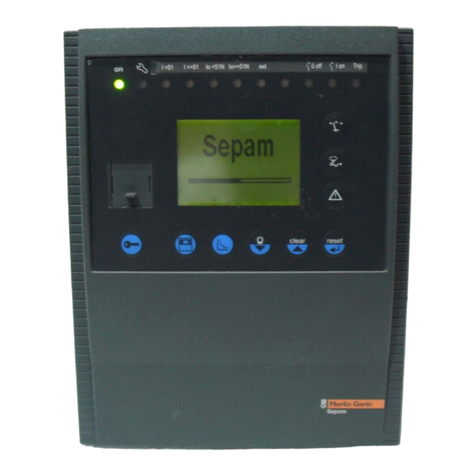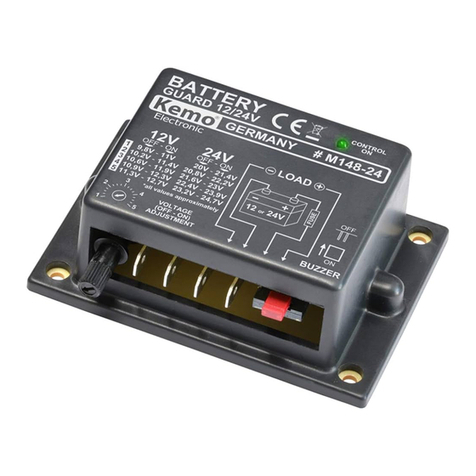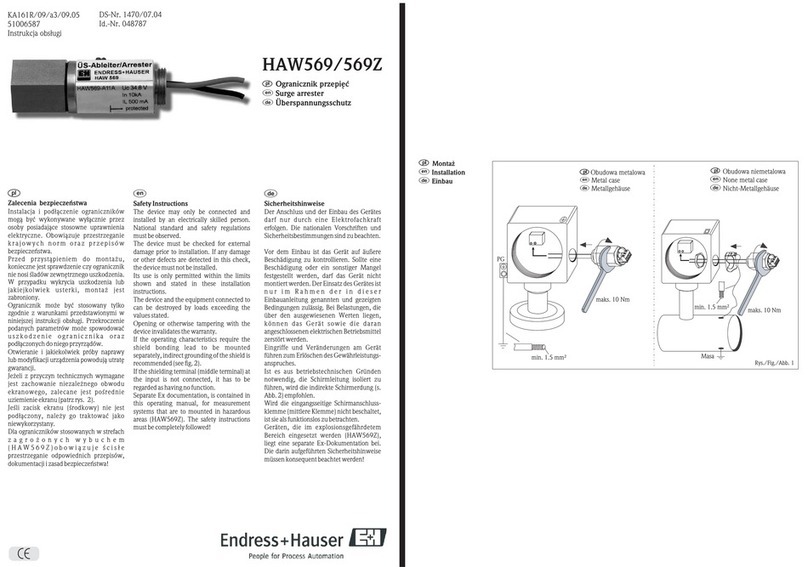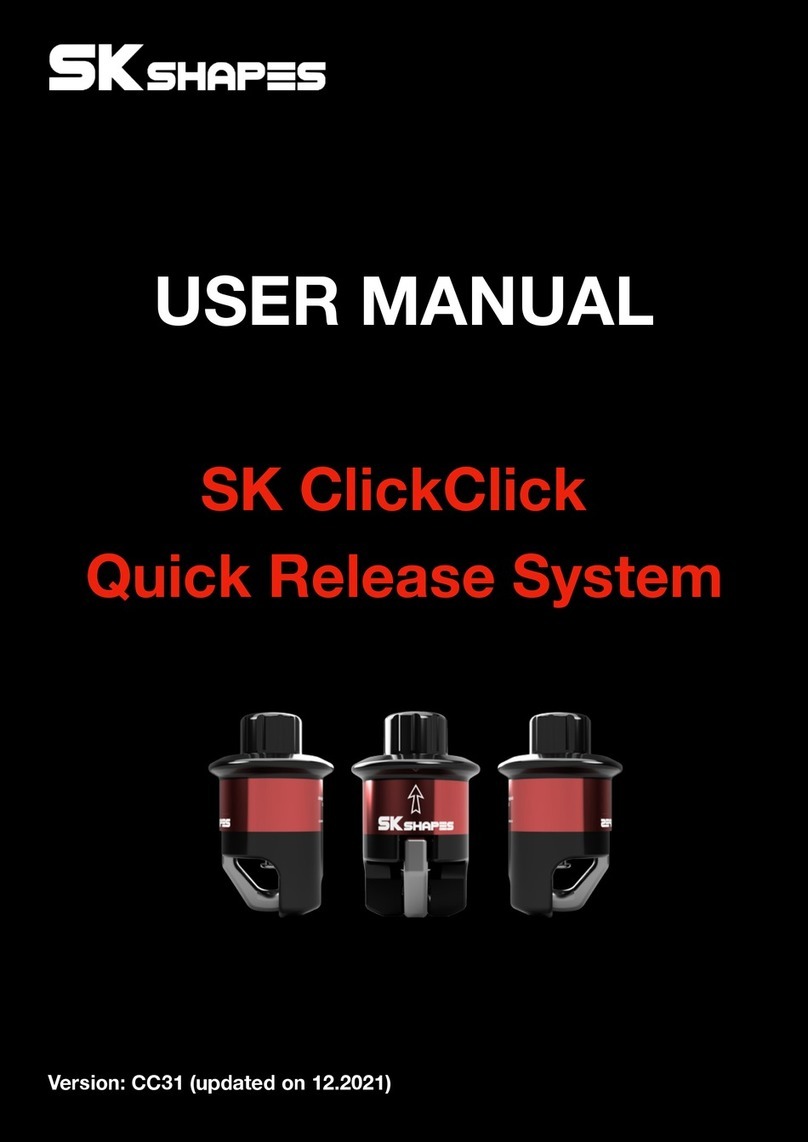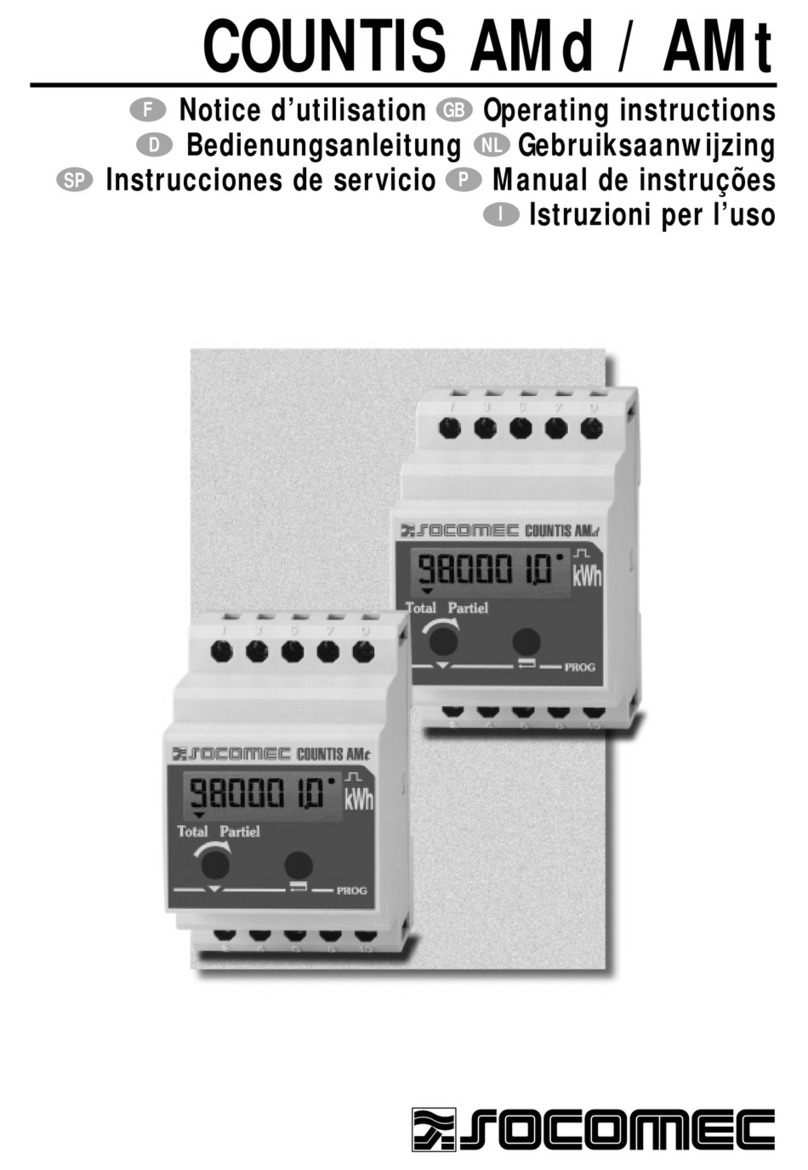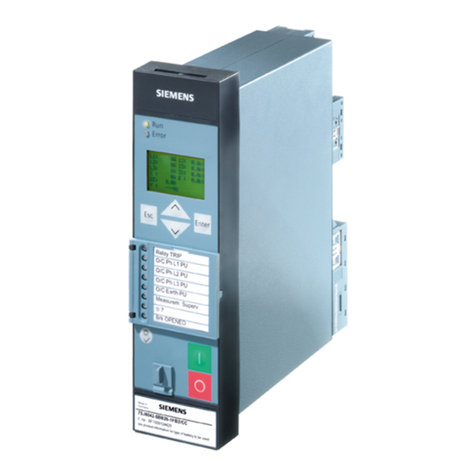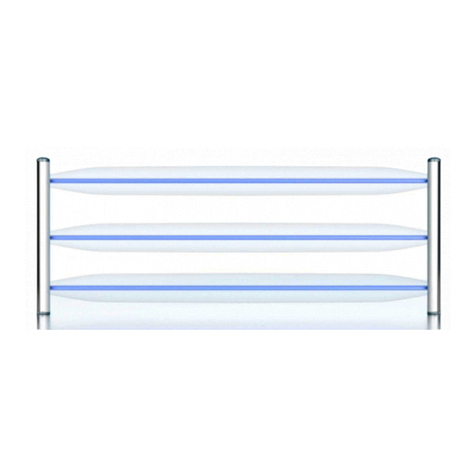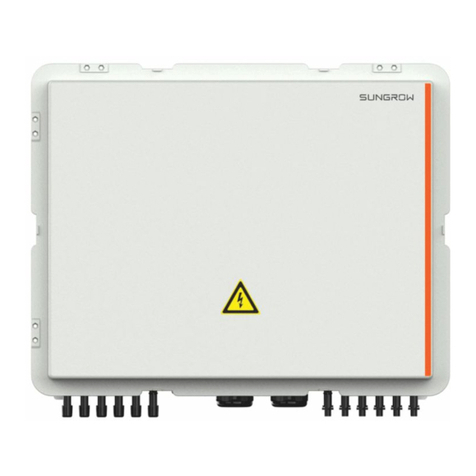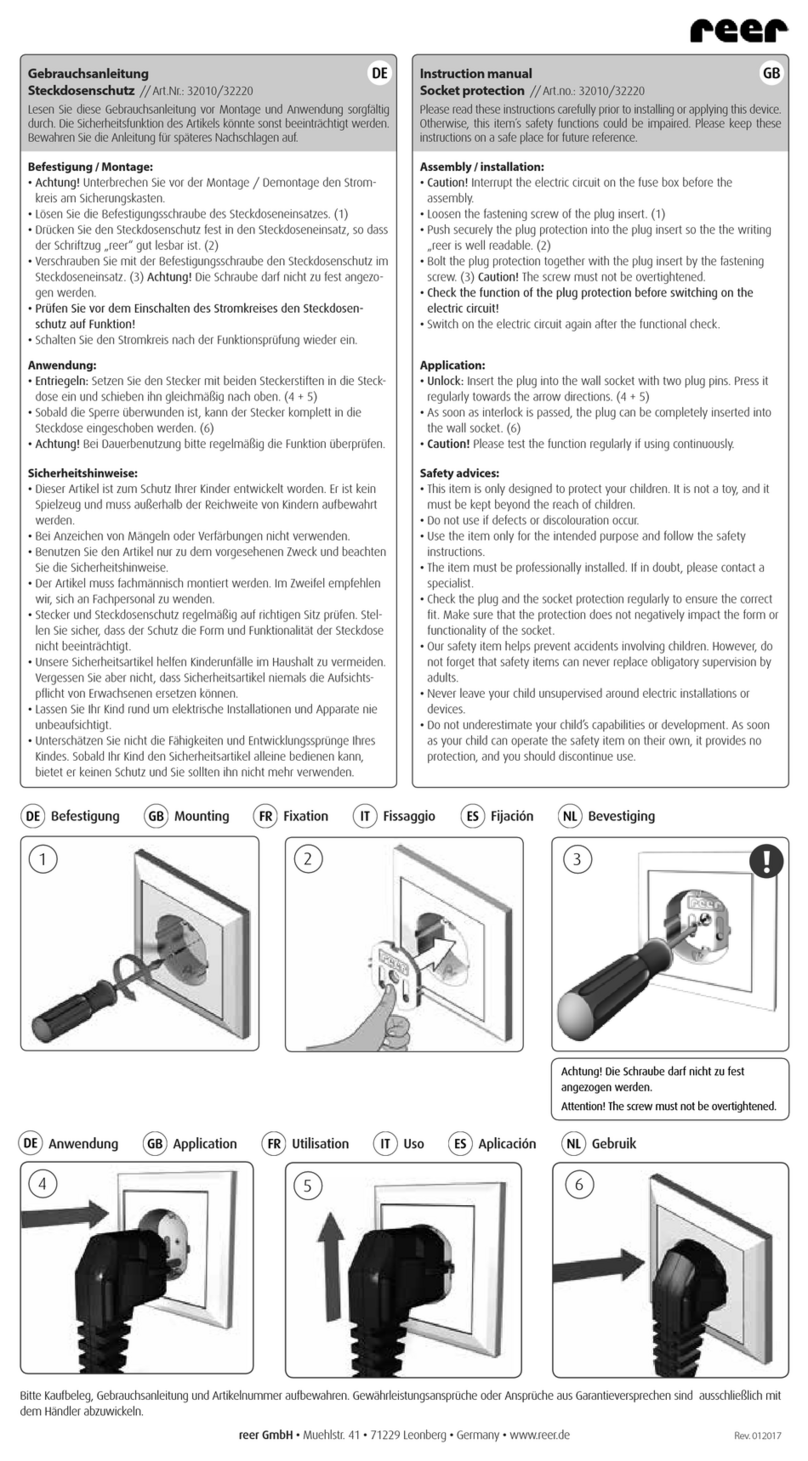
vi M60 MOTOR PROTECTION SYSTEM – INSTRUCTION MANUAL
TABLE OF CONTENTS
5.5.7 FlexCurves.......................................................................................................................... 5-158
5.6 FlexLogic.............................................................................................................. 5-165
5.6.1 FlexLogic operands........................................................................................................ 5-165
5.6.2 FlexLogic rules.................................................................................................................. 5-178
5.6.3 FlexLogic evaluation...................................................................................................... 5-179
5.6.4 FlexLogic example..........................................................................................................5-179
5.6.5 FlexLogic equation editor............................................................................................ 5-184
5.6.6 FlexLogic timers............................................................................................................... 5-184
5.6.7 FlexElements ..................................................................................................................... 5-184
5.6.8 Non-volatile latches.......................................................................................................5-189
5.7 Grouped elements............................................................................................. 5-190
5.7.1 Overview ............................................................................................................................. 5-190
5.7.2 Setting group 1................................................................................................................. 5-191
5.7.3 Motor..................................................................................................................................... 5-191
5.7.4 Stator differential (ANSI 87S)...................................................................................... 5-225
5.7.5 Power.................................................................................................................................... 5-229
5.7.6 Phase current ................................................................................................................... 5-234
5.7.7 Neutral current................................................................................................................. 5-246
5.7.8 Ground current ................................................................................................................ 5-254
5.7.9 Breaker failure (ANSI 50BF)......................................................................................... 5-262
5.7.10 Voltage elements ............................................................................................................ 5-272
5.8 Control elements ............................................................................................... 5-279
5.8.1 Overview ............................................................................................................................. 5-279
5.8.2 Trip bus ................................................................................................................................ 5-279
5.8.3 Setting groups .................................................................................................................. 5-281
5.8.4 Selector switch................................................................................................................. 5-282
5.8.5 Underfrequency (ANSI 81U)........................................................................................ 5-289
5.8.6 Overfrequency (ANSI 81O) .......................................................................................... 5-290
5.8.7 Motor start supervision................................................................................................ 5-291
5.8.8 Reduced voltage starting............................................................................................ 5-294
5.8.9 Digital elements............................................................................................................... 5-296
5.8.10 Digital counters................................................................................................................ 5-299
5.8.11 Monitoring elements ..................................................................................................... 5-301
5.9 Inputs/outputs ................................................................................................... 5-318
5.9.1 Contact inputs.................................................................................................................. 5-318
5.9.2 Virtual inputs..................................................................................................................... 5-320
5.9.3 Contact outputs............................................................................................................... 5-321
5.9.4 Virtual outputs.................................................................................................................. 5-324
5.9.5 Resetting ............................................................................................................................. 5-324
5.9.6 Direct inputs and outputs ........................................................................................... 5-325
5.9.7 Teleprotection................................................................................................................... 5-329
5.10 Transducer inputs/outputs.............................................................................. 5-331
5.10.1 DCmA inputs...................................................................................................................... 5-331
5.10.2 RTD inputs .......................................................................................................................... 5-332
5.10.3 RRTD inputs........................................................................................................................ 5-334
5.10.4 DCmA outputs .................................................................................................................. 5-337
5.11 Testing................................................................................................................. 5-341
5.11.1 Test mode function ........................................................................................................5-341
5.11.2 Test mode forcing........................................................................................................... 5-342
5.11.3 Force contact inputs ..................................................................................................... 5-342
5.11.4 Force contact outputs .................................................................................................. 5-343
6 ACTUAL VALUES 6.1 Actual Values menu ...............................................................................................6-1
6.2 Front panel...............................................................................................................6-3
6.3 Status........................................................................................................................6-4
